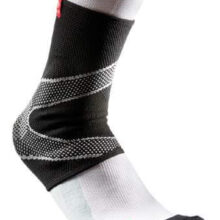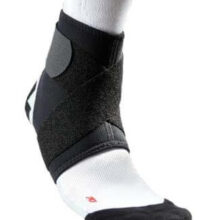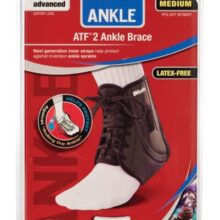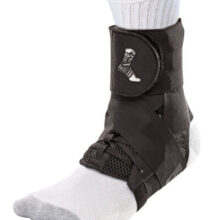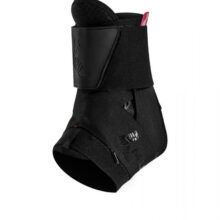Login For Health Care Pricing
Typically Ships in 3-5 Business Days
The McDavid Ankle Support With Figure-8 Straps features a wrap-around figure-8 strap design that provides compressive comfort and pain relief. It also features McDavid’s exclusive 5-needle stitch for a flatter, cleaner and stronger seam, which results in increased comfort for the patient. It includes an adjustable hook and loop closure for a customized fit.
Level 2: Advanced Protection – Minor to moderate ankle support plus relief from pain associated with arthritis and tendonitis




